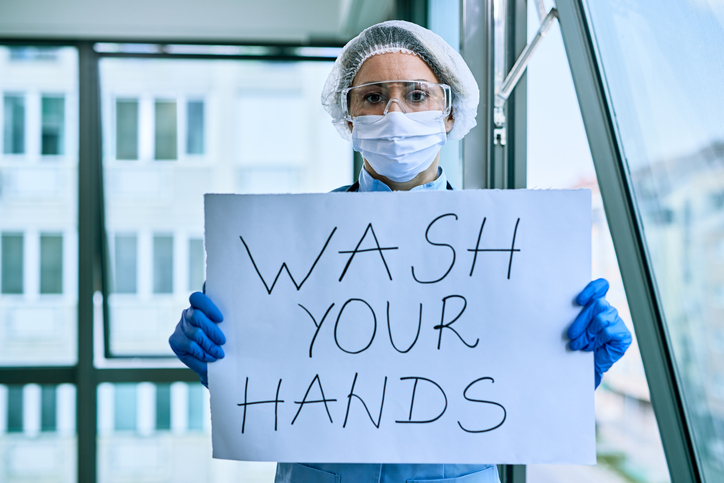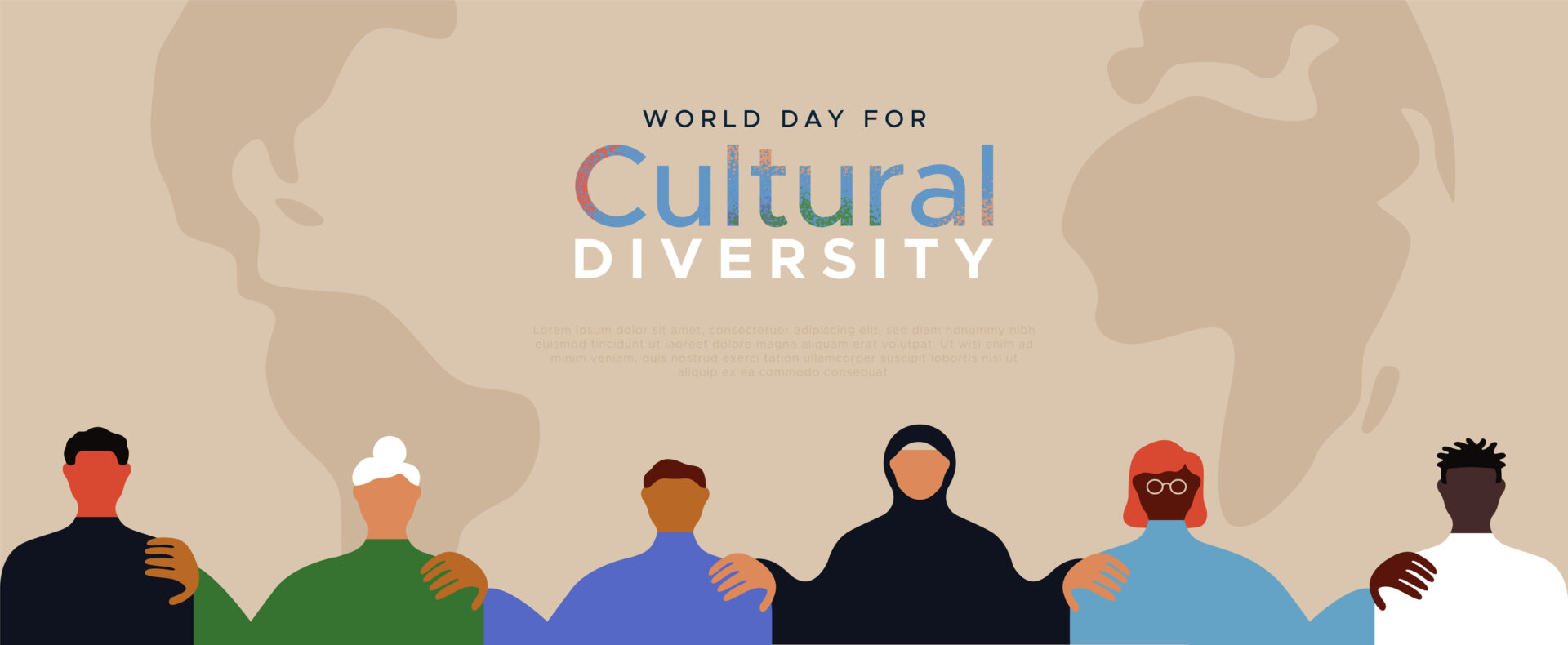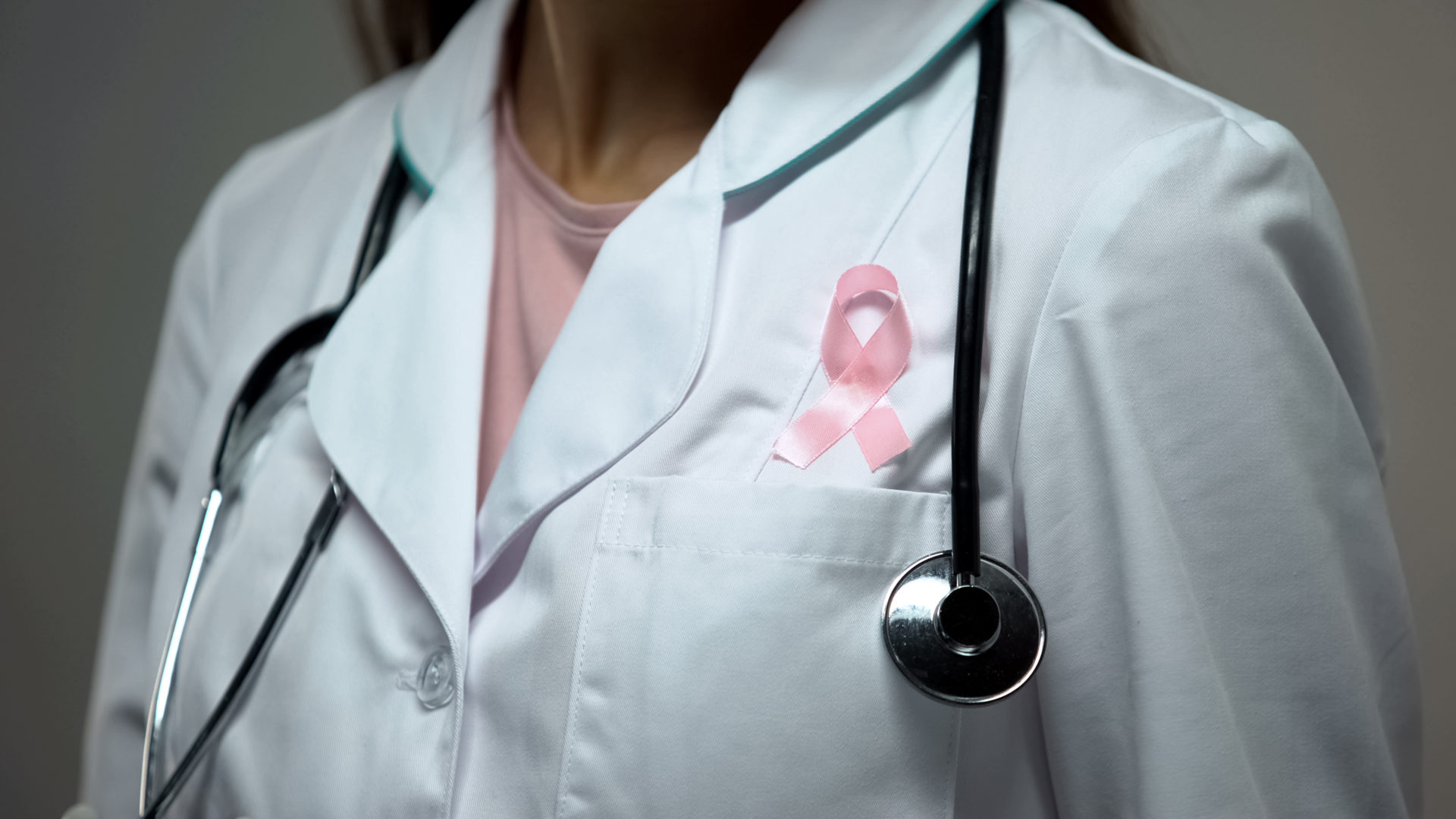We know how quickly disease can spread, as evidenced by new cases of COVID-19 continuing to be reported. We also know that there are a few, relatively simple actions we can take to prevent the spread of COVID-19 and other diseases, the primary of which is maintaining good hygiene.
World Hygiene Day is celebrated on May 5. This year’s celebration is a reminder for us to keep our hands clean. The World Health Organization has announced, “SAVE LIVES: Clean Your Hands” as 2020’s World Hygiene Day slogan.
In solidarity with WHO and this year’s campaign theme, we will be sharing some history behind hand hygiene, and ways you can promote good health in your own home and community.
Hand Hygiene History
Although we now wash our hands with soap, this was not always the case. Chlorinated water was the first wave of hand hygiene and was implemented by healthcare providers in the mid-1800s.
During this era, an obstetrician based in Hungary noticed a pattern of death among women giving birth. He found that many women dying had their babies delivered by medical students and physicians. The mothers who had midwives deliver their babies had much lower death rates. As it turned out, the medical students and physicians were not incorporating hygiene practices between patient appointments causing illness and disease to be readily transmitted. From this point on, health officials required medical practitioners to wash their hands with a solution of chlorine and water before seeing new patients.
Despite efforts by Dr. Semmelweis, the obstetrician who pioneered hand-hygiene, handwashing was not universally adopted until the late 1990s. According to research, approximately 90% of diseases are transferred by touch. This figure alone makes a case for healthcare professionals and the general public to wash their hands.
Tips on Maintaining Hand Hygiene
If you have been keeping up with our blog, you might have come across our post, handwashing in relation to COVID-19. In the post, we outline the importance of handwashing and the CDC’s guidelines for washing hands. In addition to the information shared in that post, we would like to emphasize the importance of drying hands after washing them.
According to recent surveys, only 1/5 of the general population dries their hands after washing them. Wet hands are 1,000 times more likely to spread disease than dry hands. There is evidence that friction caused by drying hands can remove additional bacteria. Drying your hands after washing them takes just a few seconds and has the potential to make a world of difference, especially during times like these.
How to Celebrate World Hygiene Day
In addition to washing your hands, the WHO is encouraging the public to document their good hygiene practices by posting photos and videos on social media. If you do post, be sure to use the hashtag #SafeHands in the caption.
Want to make a post but in need of inspiration? Many celebrities have already joined the challenge. You can view their posts on the WHO’s website.
Are you a medical student or graduate looking for a clinical experience in the U.S.?
Explore 700+ clinical experiences in 200+ locations through AMOpportunities >








Leave A Comment